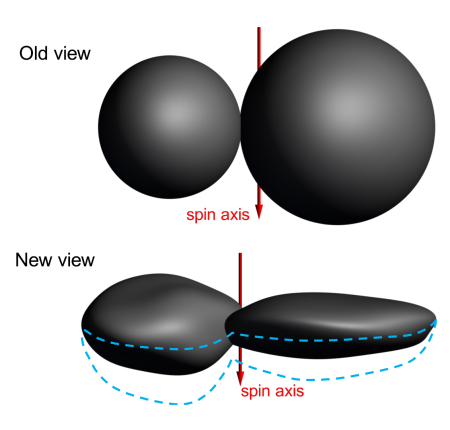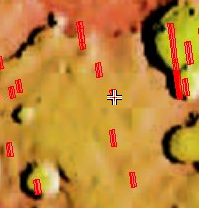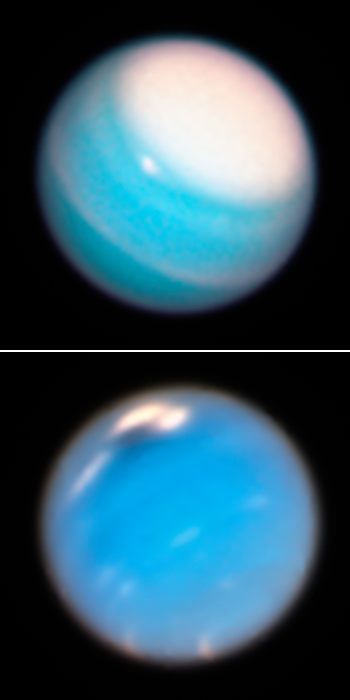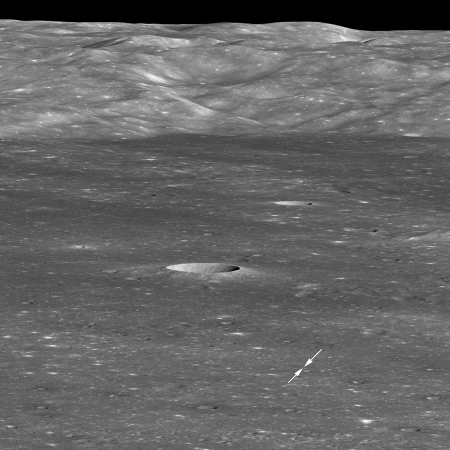NASA to avoid SLS delays should another shutdown occur
Faced with an impending second government shutdown mere days away, NASA has been moving to avoid any delays in an upcoming planned Orion/SLS launch abort test should another shutdown occur.
What I find most fascinating about this article is how different the attitude seems to be at NASA between this SLS/Orion test flight and SpaceX’s Dragon test flight. With SpaceX, NASA has apparently made no effort to figure out ways for the test to go forward during the shutdown, even though the launch would be run by SpaceX employees on a SpaceX launchpad, and would only require NASA employees who are all considered essential.
With this Orion abort test, however, they have been and are planning to do everything they can to bypass the shutdown. Like SpaceX, the Air Force was free to operate during the shutdown, because its budget had already been approved.
“Then the shutdown kept going so I said ‘boy, let me see what I can do with these Air Force pieces.’ And it was very interesting, I had to work with lawyers here at Kennedy and Johnson [Space Center],” explained [Mark Kirasich, NASA Orion Program Manager.]
“The Air Force was not shut down, it was only NASA. So you had to write the legal justification — ‘hey the Air Force is not shut down, this is important work to do in this building’ and we were eventually able to allow the Air Force to get access to the buildings, if that makes sense.”
“And then the very last piece which was the NASA piece,” he continued. “Now of course NASA was shut down, that was the hardest thing to get exempted and I was working on that piece right when the government on that Friday night signed that continuing resolution, but I was confident I would get that piece going again had the shutdown continued.”
The contrast is most striking. It almost makes you think that NASA is purposely using any excuse to slow-walk SpaceX’s effort.
Faced with an impending second government shutdown mere days away, NASA has been moving to avoid any delays in an upcoming planned Orion/SLS launch abort test should another shutdown occur.
What I find most fascinating about this article is how different the attitude seems to be at NASA between this SLS/Orion test flight and SpaceX’s Dragon test flight. With SpaceX, NASA has apparently made no effort to figure out ways for the test to go forward during the shutdown, even though the launch would be run by SpaceX employees on a SpaceX launchpad, and would only require NASA employees who are all considered essential.
With this Orion abort test, however, they have been and are planning to do everything they can to bypass the shutdown. Like SpaceX, the Air Force was free to operate during the shutdown, because its budget had already been approved.
“Then the shutdown kept going so I said ‘boy, let me see what I can do with these Air Force pieces.’ And it was very interesting, I had to work with lawyers here at Kennedy and Johnson [Space Center],” explained [Mark Kirasich, NASA Orion Program Manager.]
“The Air Force was not shut down, it was only NASA. So you had to write the legal justification — ‘hey the Air Force is not shut down, this is important work to do in this building’ and we were eventually able to allow the Air Force to get access to the buildings, if that makes sense.”
“And then the very last piece which was the NASA piece,” he continued. “Now of course NASA was shut down, that was the hardest thing to get exempted and I was working on that piece right when the government on that Friday night signed that continuing resolution, but I was confident I would get that piece going again had the shutdown continued.”
The contrast is most striking. It almost makes you think that NASA is purposely using any excuse to slow-walk SpaceX’s effort.










